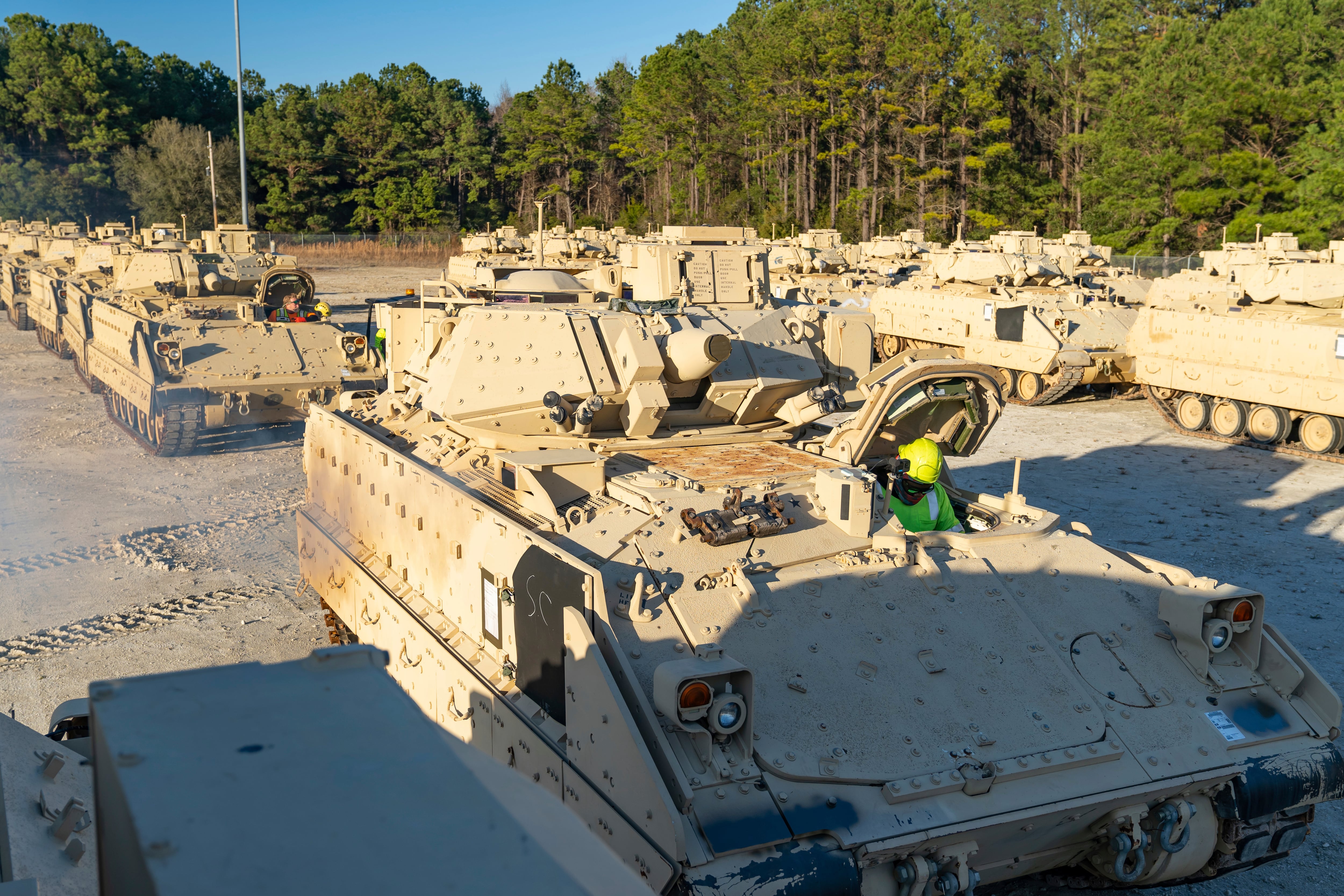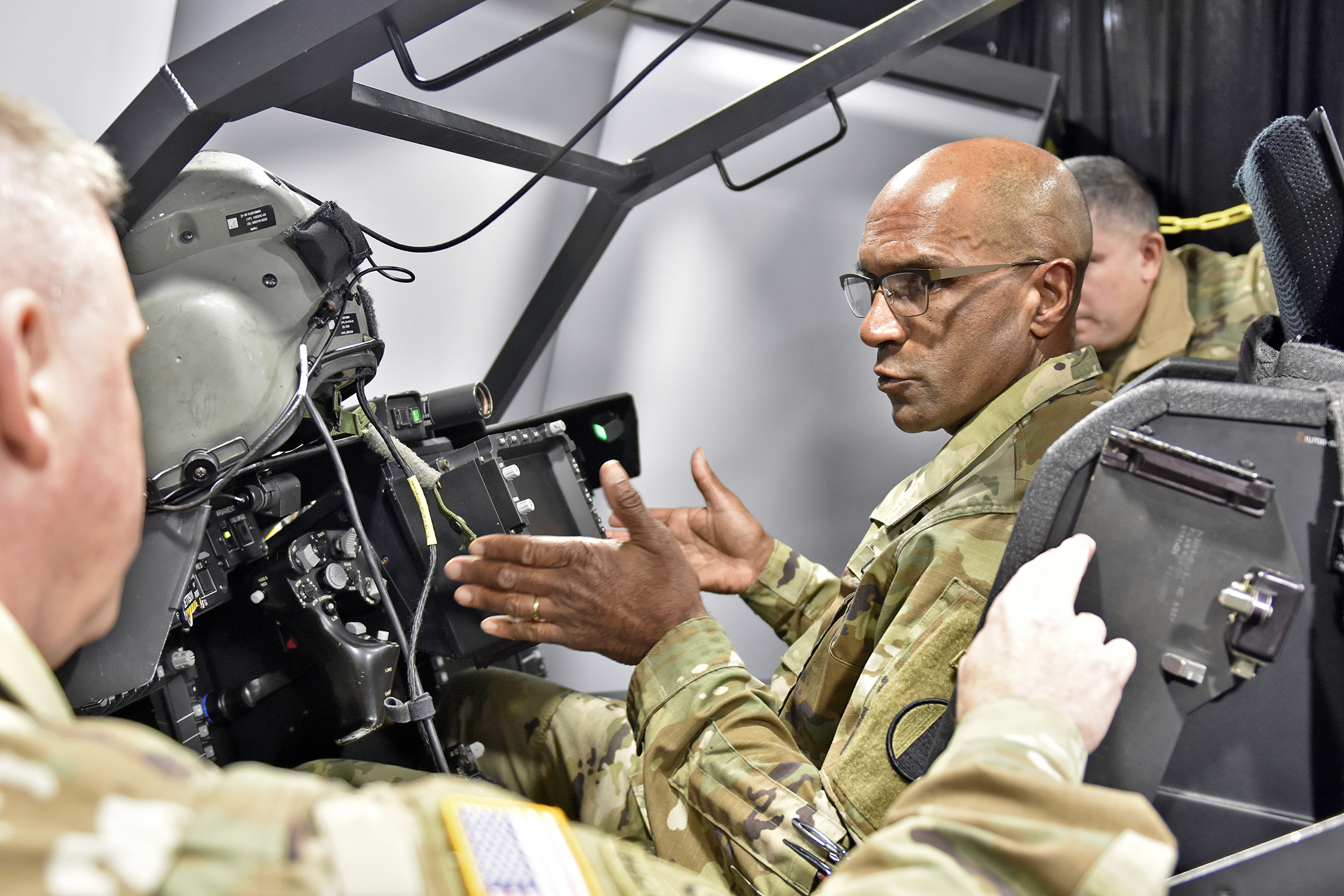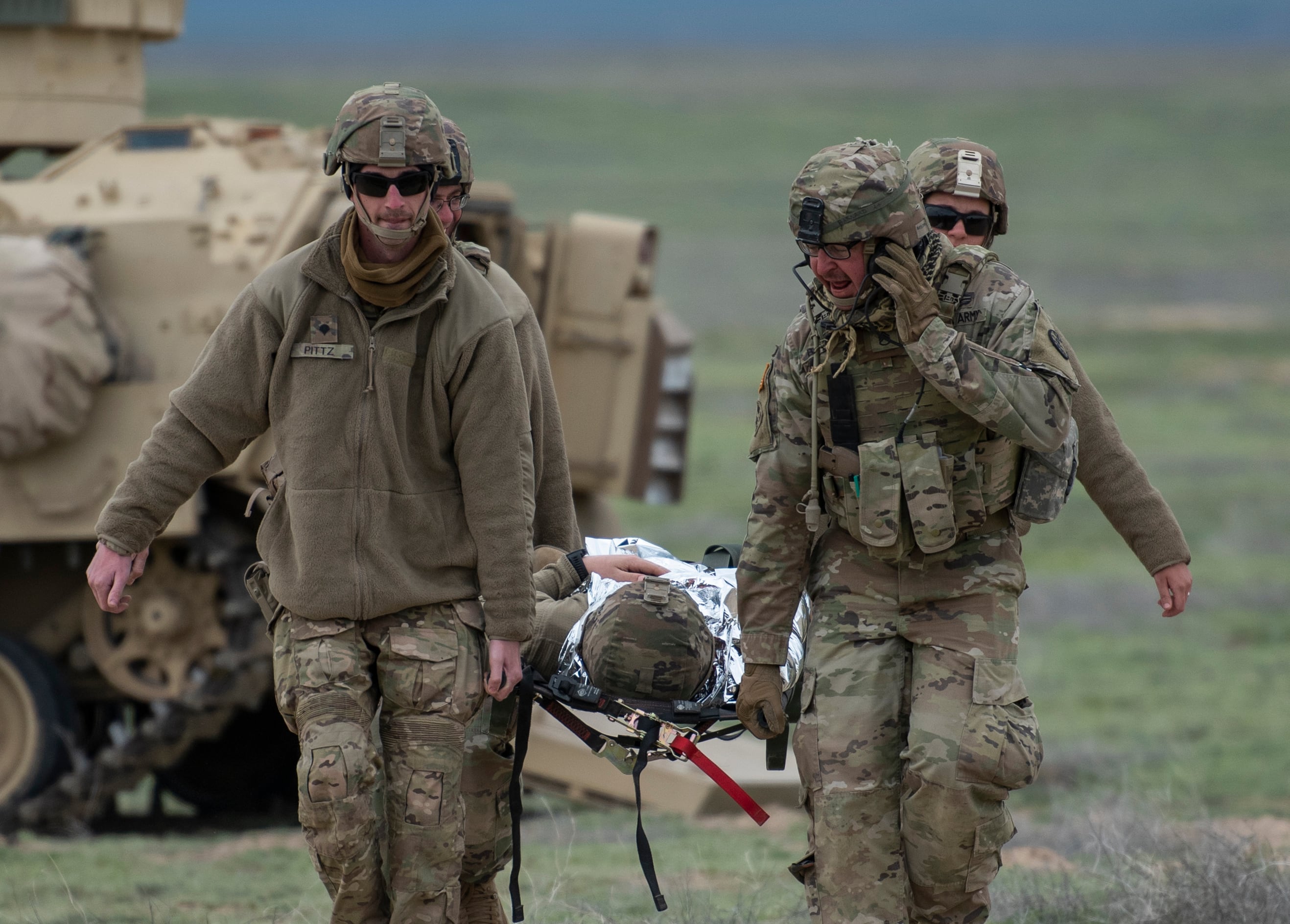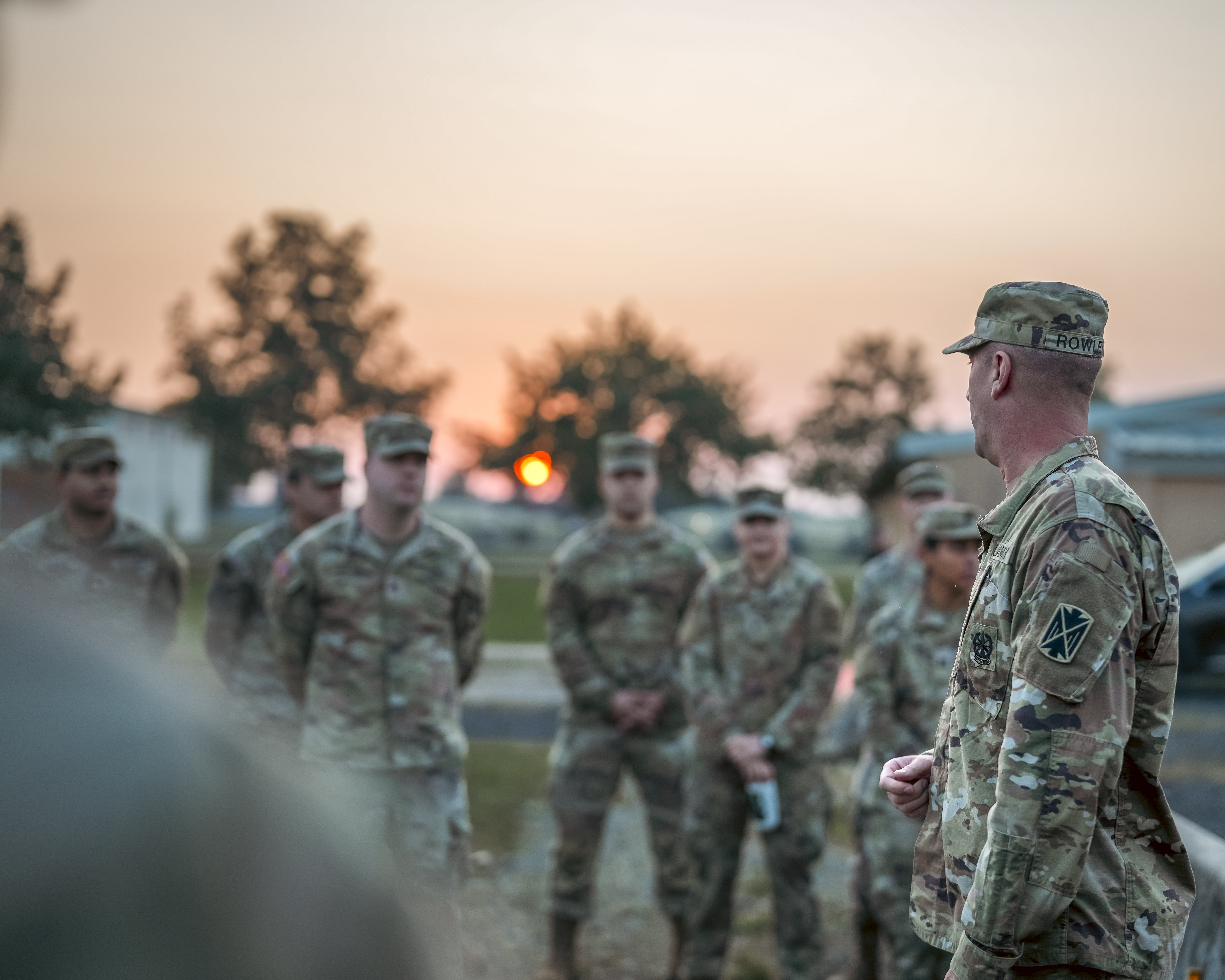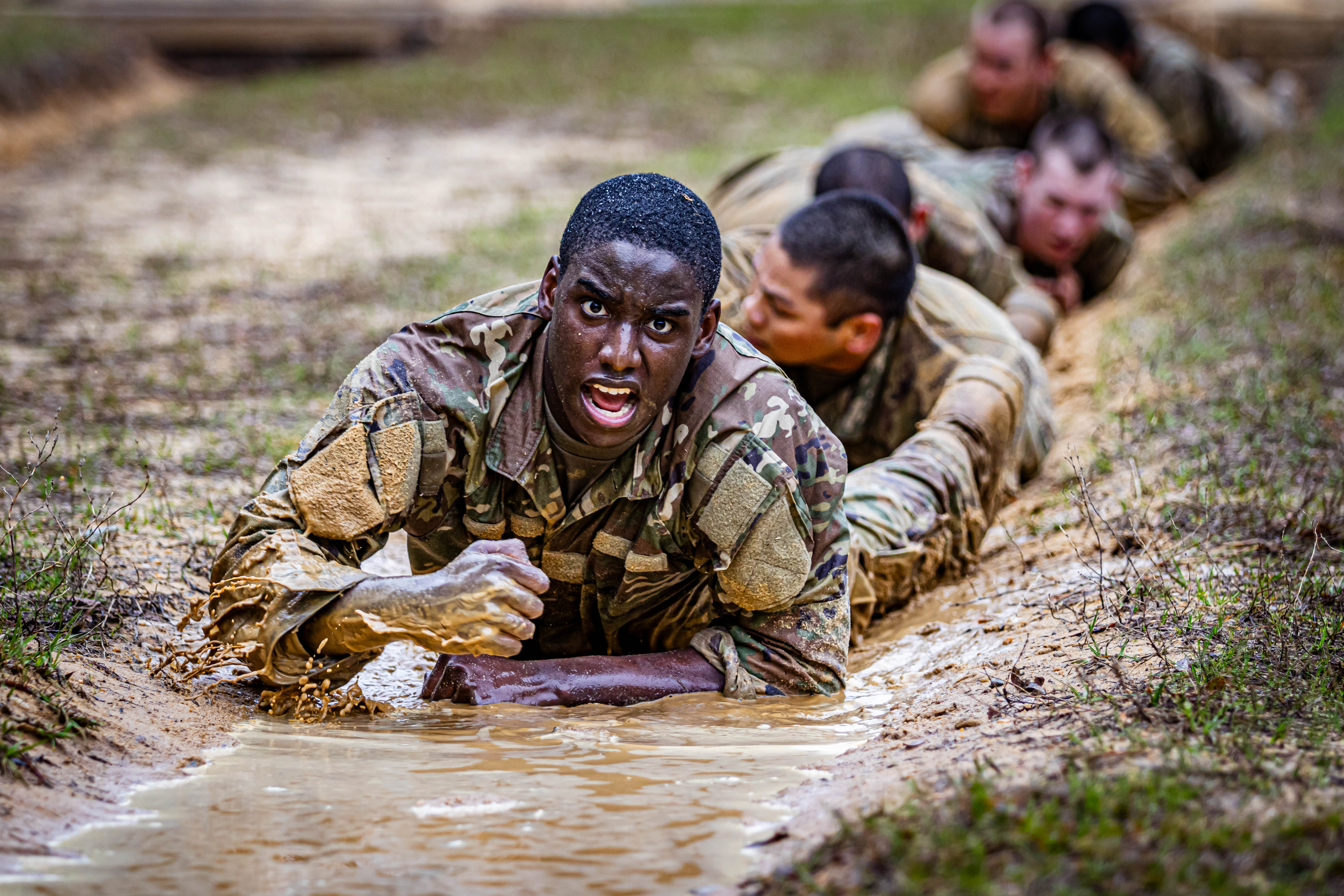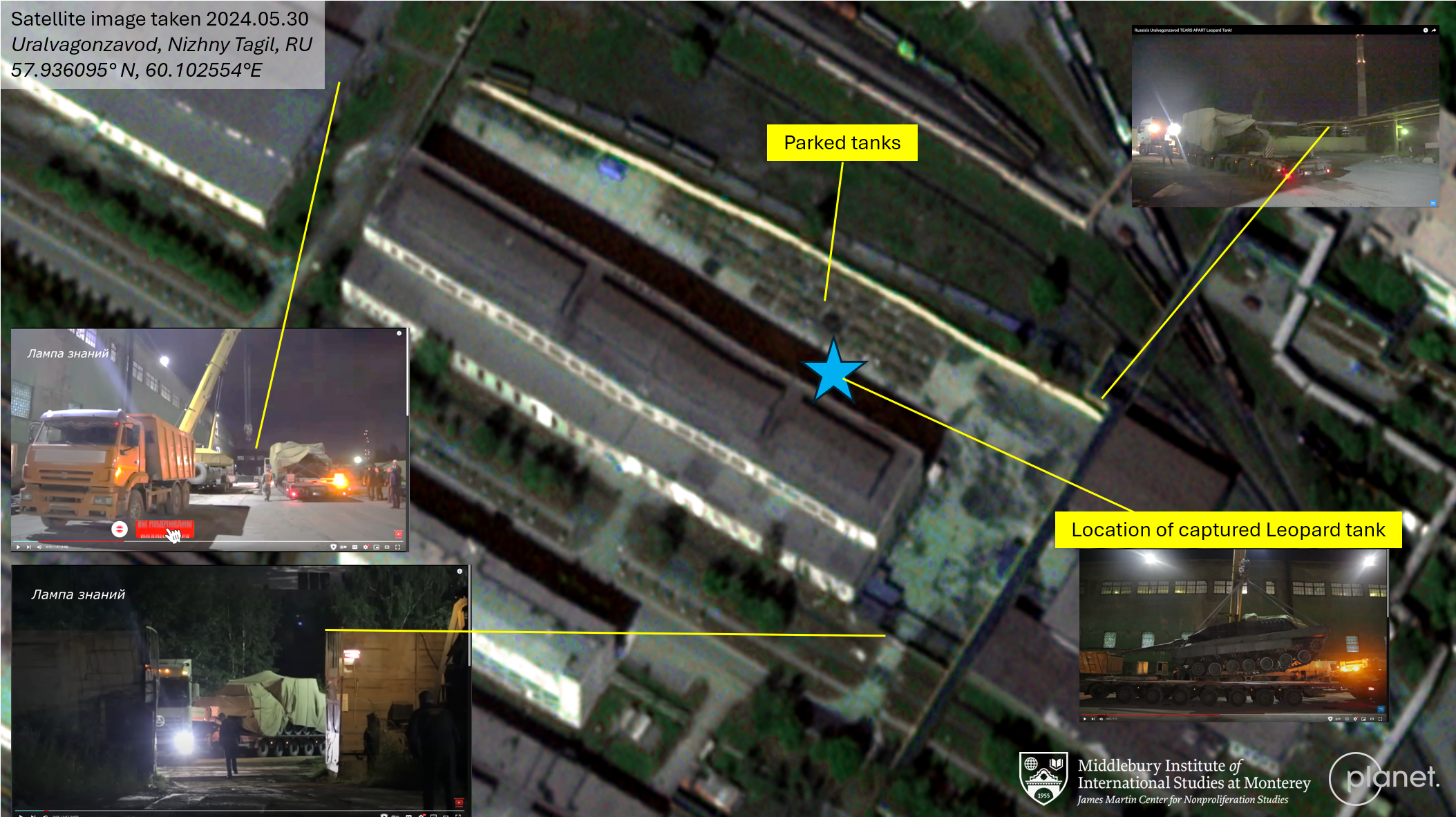[ad_1]

The Army needs to take a hard look at ideas for providing greater career flexibility, stability and predictability for soldiers and families — and that could include decreasing the frequency of moves, said Army Secretary Christine Wormuth at the Association of the U.S. Army’s annual conference in Washington this week.
“Our own Army career engagement survey shows that most officers leaving the service today are seeking more stability, predictability and a better family life,” Wormuth said in her Monday address.
“I am not suggesting that we telework to war. Don’t misunderstand me,” she said. Nor, she said, is she suggesting the British model of the regimental army, where a soldier stays with one unit for the entire career.
However, Wormuth shared some ideas on what possible changes might look like.
“Should we restructure the force to reduce [permanent change of station] moves to every five years instead of every three years? Should we modify officer career timelines and promotion criteria to give more flexibility for broadening assignments while ensuring we’re still selecting the right officers for command?” she asked.
Other ideas Wormuth floated included increasing the options for military occupational specialty transfers within the Army to make it easier to pursue a new career path without leaving the service and finding ways to better match financial compensation with responsibilities, qualifications and job performance rather than strictly basing it on rank and time in grade.
“Standing here, I don’t have the answers,” Wormuth said, noting many of these changes would be complex and require additional resources and cooperation from Congress. “But if the Army doesn’t seriously explore these questions soon, I worry that in 10 to 15 years, we could see our recruiting challenges deepen and our historically high retention rates start dropping, placing the viability of the all-volunteer force under threat, during a time when our nation can least afford it.”
The lifestyle the Army offers hasn’t changed much since before the invention of the internet, she said.
“We still expect our soldiers to move every two to three years, uprooting children from schools and friends and upending the aspirations of spouses who want careers of their own.
“We continue to rely on our spouses and partners as a de facto, unpaid Army labor force, available to organize PCS moves and lead soldier family readiness groups, but often at the expense of work outside the home and the earnings that come with it,” she said.
For years, some have questioned if it’s necessary for military families to move so much, as a number of problems they face can be traced to moving. While many military families manage to thrive in the moving process, it often brings difficulties in finding affordable housing, affordable and good-quality child care and jobs for spouses.
Pentagon officials have discussed the challenges of frequent military moves, which are costly for both the Defense Department and families, at different times over the years.
The most recent examination of PCS moves was in a June report from the Military Family Advisory Network, in which a 2023 survey found that frequent PCS moves can make families vulnerable to a variety of difficulties.
The organization’s 109-page report questioned whether changing the frequent shuffle between bases — which military officials argue is necessary to meet operational requirements and fill empty jobs — could affect recurring issues related to financial stability, such as military spouse unemployment, and other concerns such as children’s education.
During a health care panel at the AUSA conference, a family member asked about the frequency of moves, inquiring about the best way for families to receive continuity of health care when they move every one to three years. Furthermore, military medical providers are also being transferred every few years.
Lt. Gen. Mary Krueger Izaguirre, the Army surgeon general, said the question is also being raised within the service’s medical workforce about the thought process when making decisions about moving people.
“Does it make sense for you to move, or does it make sense for us to provide you some stability?” she said.
Soldiers should have honest conversations with their leaders about whether there’s a way to make a decision that’s appropriate for both the Army mission and their families, she said.
Izaguirre shared that a few years ago, she had a conversation with the surgeon general at the time about stabilizing her own family because of her oldest son’s health care needs.
She stayed in that job for a few years, she said, and that’s a reason she is where she is today.
Karen has covered military families, quality of life and consumer issues for Military Times for more than 30 years, and is co-author of a chapter on media coverage of military families in the book “A Battle Plan for Supporting Military Families.” She previously worked for newspapers in Guam, Norfolk, Jacksonville, Fla., and Athens, Ga.
[ad_2]
Source link


